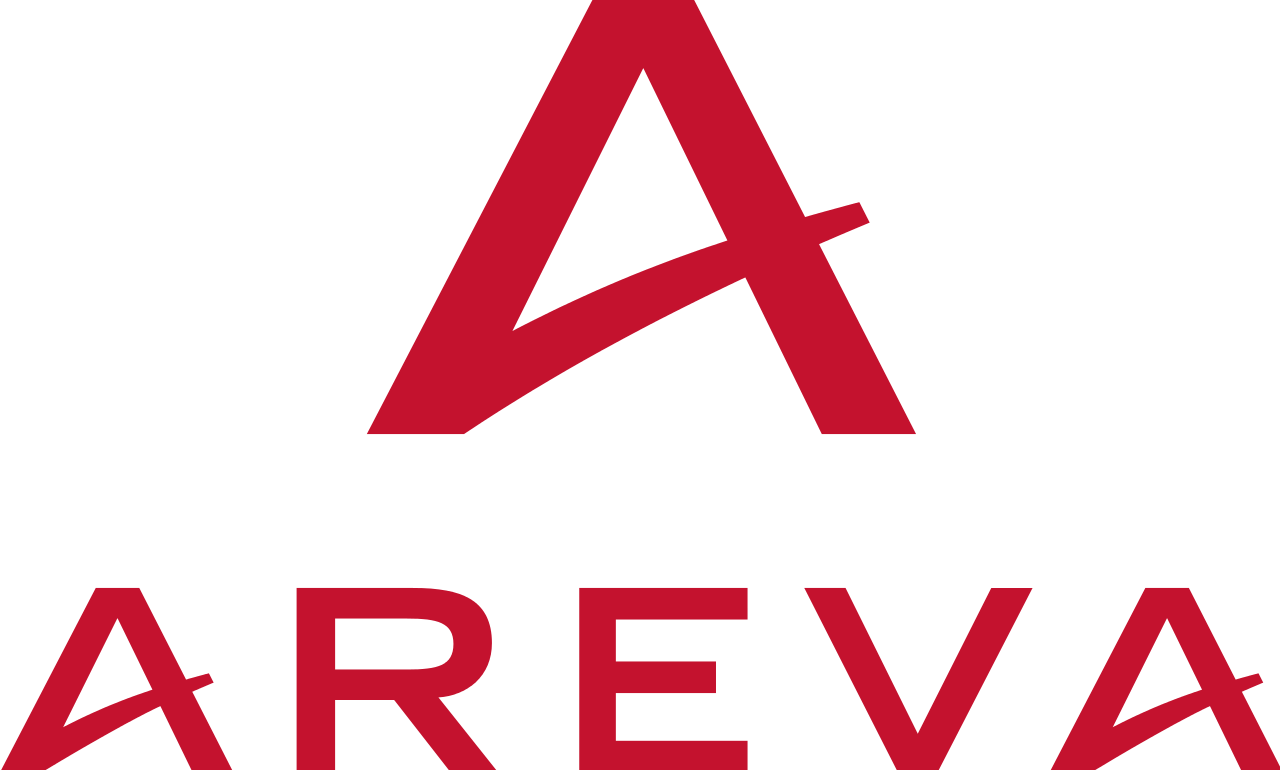Uranium leaves the La Hague reprocessing plant(1) in a liquid form (uranyl nitrate) and is converted into a gas (UF6) or a powder (U3O8) in chemical plants at the Tricastin nuclear complex, in the Drôme department (southerneast of France). These two products are then reused in the nuclear fuel cycle.
UF6 is enriched by ultracentrifugation and then converted into fuel at the FBFC plant at Romans (Drôme).
U3O8 is stored for later recycling. It is also used to fabricate fuel by mixing it with highly enriched uranium, and such operation are performed at the Elektrostal plant, in Russia.
The reprocessed uranium remains at La Hague for only a very short time. Most of it has been stored at Marcoule and Pierrelatte. Pierrelatte will become the main storage site for this uranium in the future.
EDF routinely recycles one-third of the reprocessed uranium at its Cruas nuclear power plant in the Ardèche department. The rest is stored and will be used to fabricate fuel in the future.
Other electric utilities recover their nuclear materials and recycle them according to their needs and resources. For example, Belgium will soon have recycled all of its reprocessed uranium. Japan, which has large stockpiles of natural uranium, expects to start a recycling program for its reprocessed uranium in the near future.
| Uranium separated as of 01/11/2001 (Marcoule and La Hague) | Uranium in storage as of 01/11/2001 (La Hague, Marcoule and Pierrelatte) | Uranium shipped back to clients | |
| Uranium (light water) | 16,083 tons | 10,096 tons | |
| Uranium (NUGG and diverse) | 21,894 tons | 9,207 tons | |
TOTAL | 37,977 tons | 19,303 tons | 18,674 tons |
(1) In the reprocessing operations, 96% of reusable materials (uranium and plutonium) are recovered for recycling, while 4% are separated out and conditioned as final waste.
COGEMA used to perform these operations at its Marcoule plant, but they are now done at La Hague.
